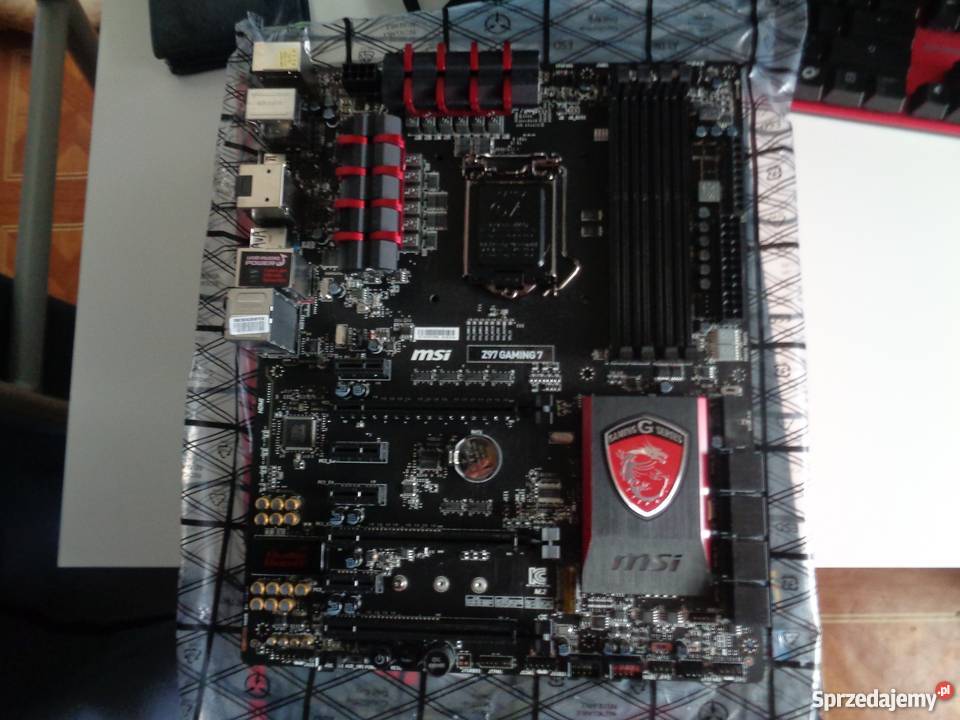

The room temperature is 20C which is a good comfortable level.

Keep in mind that there is a very good chance your processor performance will degrade over extended use at these more extreme levels. However, in these tests, we’re pushing up to 90C and 1.45 volts respectively. In motherboard reviews, I set a maximum operating temperature of 80C and 1.4 volts as the threshold.

#Msi z97 gaming 7 vt pro#
Power: be Quiet 850 Watt Dark Power Pro 10 (80Plus Gold).Motherboard 2: ASUS Z97 Sabertooth Mark I.Processor: Intel Core i7-4790K Devil’s Canyon.The same CPU cooler, memory, SSD, graphics, and power supply was used on each test system in an open test bench. To keep things simple and neat, I tested the Intel Core i7-4790K on both a Z97 and Z87 motherboard. Any time execution can be increased, it’s always a good thing.
#Msi z97 gaming 7 vt update#
The second update is Intel TSX-NI which should make programmers happy.Īccording to February 2012 article by James Reinder, TSX-NI is useful for shared-memory multithreaded applications that employ fine grain and course grain lock-based synchronization mechanisms. It was missing from the 4770K which I can personally attest, was a little behind the curve in that arena. The processor itself has two new updates I’m happy to see. A huge complaint of Haswell, leading to much “delidding” and repasting, to achieve higher overclocks. To handle the thermal physics, Intel has refined the die architecture to require less idle voltage, achieving the frequencies using a similar load voltage to Haswell, and they have also improved the thermal interface under the aluminum IHS top. But, it also means heat dissipation is very important to keep cool. What this means is that CPU intensive applications and projects should speed along more noticeably, than previous incremental updates. Devil’s Canyon starts at 4 GHz and Turbos to 4.4 GHz. Haswell starts at 3.5 and Turbos to 3.9 GHz. From just this table, you should be able to see the biggest change is the Base and Turbo frequencies.


 0 kommentar(er)
0 kommentar(er)
